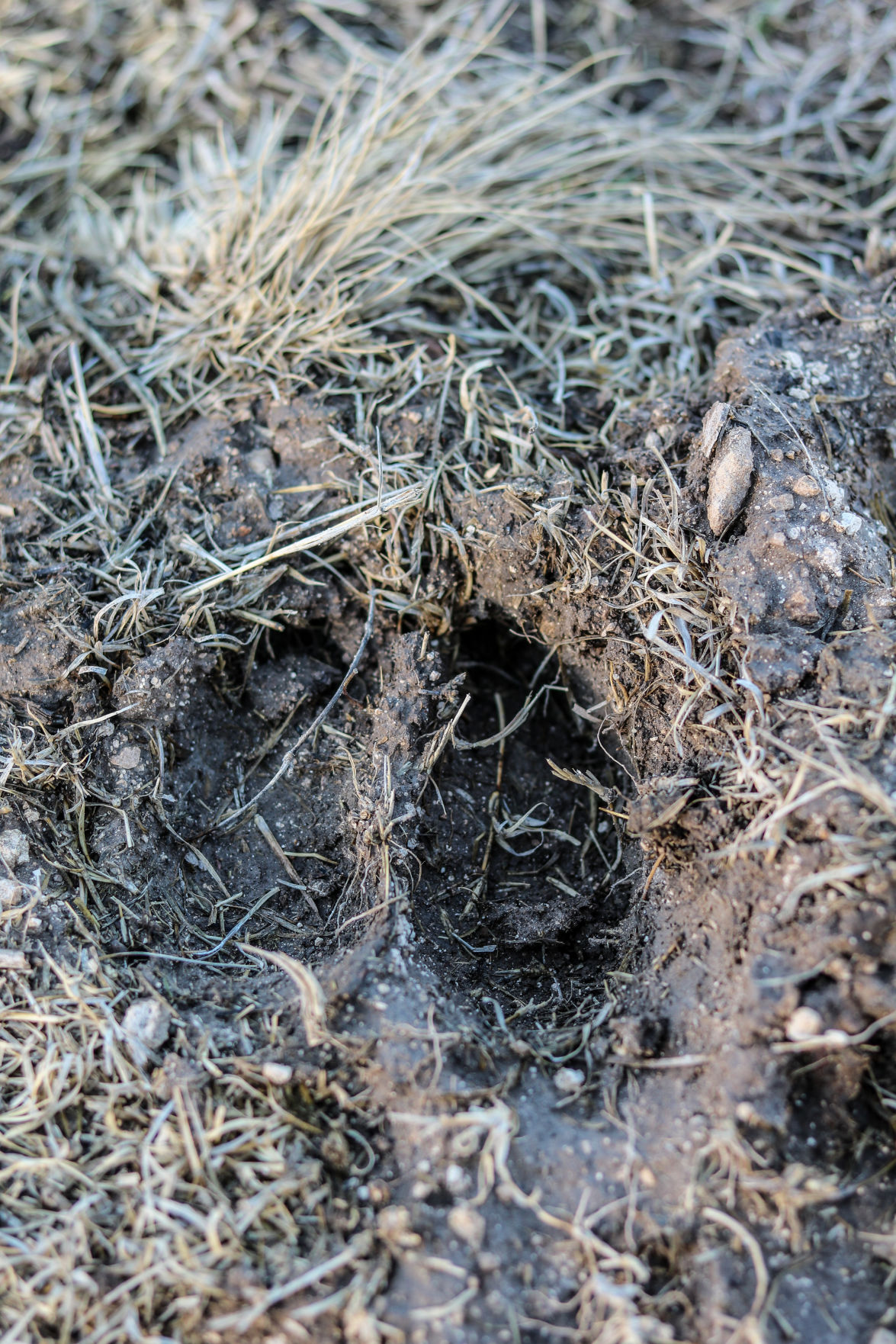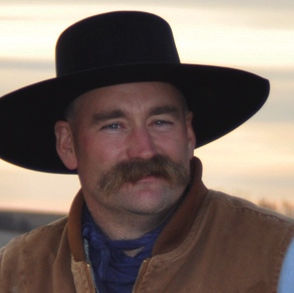Cattle production offers sound environmental ‘hoof print’

The proposed “Green New Deal” has thrown a lot of focus onto cattle lately—a plan that would limit cattle production to an extent in an effort to curb their greenhouse gas “hoof print.”
But recently released research quantifies the role cattle play in the natural carbon cycle, and how they serve an upcycling purpose in turning feedstocks into higher value protein that humans can eat.
Baseline measurements
Al Rotz is an an agricultural engineer with the U.S. Department of Agriculture’s Ag Research Service and an adjunct professor at Pennsylvania State University. Rotz and Sara Place, senior director of Sustainable Beef Production Research at the National Cattlemen’s Beef Association, a contractor to the Beef Checkoff, co-authored the study, “Environmental Footprints of Beef Cattle Production in the United States.”
The study was a comprehensive lifecycle assessment that was meant to quantify the sustainability of U.S. beef production from the pasture to the plate. It took into account every detail of each step of the process, from the fossil fuels used to pump irrigation water to grow forage, to the blue water used for feedlots, to the reactive nitrogen loss and more. The researchers took five years, looked at the seven cattle-producing regions of the U.S., and used data from more than 2,000 surveys and site visits so that they could account for climate, soil, production practices and other variables. All that information was sought so the industry could establish a baseline to work from in the future as it works to improve sustainability.
Rotz and Place found that beef production in the U.S. is responsible for just 3.3 percent of greenhouse gas emissions, not the 14.5 percent that has been reported. Also, U.S. cattlemen have avoided 2.3 gigatons of carbon emissions since 1975. That’s equivalent to about 1.9 billion passenger vehicles driven in one year. (The U.S. Bureau of Transportation reported that in 2012 there were a little more than 2.5 million total registered vehicles in the U.S.)
Cattle in the carbon cycle
To truly understand the power of the cow, you need to understand the natural carbon cycle and just what she’s contributing to the carbon cycle.
“Cattle are a part of the natural cycle of carbon and that’s been going on since the beginning of life on this planet,” Rotz said. “Carbon dioxide is fixed in plants as they grow, and they form carbohydrates that cattle consume and convert to meat or milk. And in the process, they excrete carbon in the form of feces, and they respire carbon dioxide and their eructations are formed of methane.” Methane is a powerful greenhouse gas, but this methane isn’t added to the cycle, it’s just a part of the already established cycle.
That’s critical to understand, Rotz emphasized. The cow isn’t adding new methane with her “belches” that will then turn into carbon dioxide in 12 years and taken up by plants, thus completing the circle.
Compare this to when we burn fossil fuels, which we’ve taken carbon out of the ground where it was sequestered out of the carbon cycle, Rotz explained. The act of burning fossil fuels introduces new carbon dioxide into the atmosphere, which then needs to be taken up by more plants in order to not contribute to the greenhouse effect.
Areas where we could improve
So what’s the beef?
Well, when you account for the fossil energy inputs, the reactive nitrogen losses and the water use at the different phases of a cow’s lifecycle, there are certain points that account for more methane emissions than at other points. In general, when cattle are grazing forages, such as in the cow-calf or stocker phase, there are higher total methane emissions versus when the cattle are finishing on feed in a feedlot, Rotz said.
In general, in the life cycle of cattle, the cow-calf phase accounts for probably 65 to 70 percent of the greenhouse gas emissions, followed by the stocker phase at about 10 to 12 percent, with the remainder found in the feedlot or finishing phase.
“From a greenhouse gas perspective, the amount of fossil fuel used in beef cattle production isn’t a major contributor to the overall greenhouse gasses in the lifecycle of a cow,” Rotz said. “Yet, from a fuel use standpoint, I think we can do better.”
Even though cattle production accounts for less than 1 percent of total fossil energy consumed nationally, it’s still a point that could be improved in the system. And the good news is, that by being more conservative in fuel consumption, cattlemen are also helping their bottom lines.
There’s also something to be said for considering genetics of cattle that gain faster and therefore move through their lifecycles in a shorter amount of time, Rotz said. Less time on feed means less money spent on feed and less methane emissions overall.
The upcycling cow
One part of the cattle production story that gets overlooked by people outside of the industry is the way cattle take feedstocks that humans can’t consume and convert them to high value protein.
Tryon Wickersham is an associate professor of animal nutrition for Texas A&M University and his research quantified just how well cattle “upcycle” low value nutrient sources into a glass of milk or a steak on a plate.
“Ruminants have been around for a really long time,” Wickersham said. “The buffalo were already here before we arrived in 1492 and we have cattle now.” When a cow eructates methane, that’s energy that wasn’t converted to meat or milk, and so from a beef producer’s standpoint, anything we can do to reduce her methane emissions improves a cow’s performance.
We know that methane production is greater in cattle grazing forages versus finishing out on grain or grain byproducts in the feedlot, Wickersham said. But, from an upcycling perspective, the grazing part of the lifecycle is actually more efficient in upcycling protein quality for human consumption since its using more grass that a human can’t consume. It turns plant proteins with fewer digestible indispensible amino acids into animal-derived proteins that supply more of what a human diet needs. In the U.S. 90 percent of the feed consumed through the lifetime of grain-fed cattle is inedible to humans, from the 800 million acres of rangeland grazed by cattle, to the byproducts from the biofuel and food industries like distillers grains and wheat middlings that otherwise would go to a landfill.
And still, U.S. feedlots are doing a very good job of converting feed to protein on the plate, he added, nearing almost a 1:1 ratio for every unit of high quality amino acids intake into the feedlot steer, there’s almost one unit of high quality protein produced for human consumption. That’s even better than monogastrics like chickens or pigs that are fed a soybean diet. It may seem counter-intuitive to redirect human-edible protein like wheat, corn or soybeans to livestock feed, but the research shows that the ruminant transformation significantly improves the protein quality delivered to the plate.
More research is in the works in what point in the cattle production system that we can improve both greenhouse gas emissions and the protein upcycling that cattle do for humans. But one thing’s for sure, Wickersham said, that anything we come up with has to be tied to economic reality for cattlemen.
“I think there’s a lot of opportunities to develop technology that help beef herds improve,” he said. Whether that’s studying how to reduce death losses in the cow-calf phase, or studying feed additives that can help cattle produce less methane from every bite, or even discovering cheaper performance indicators to help cattlemen improve their herds for better upcycling and reduced methane production—there’s a lot of research left to be done.
“When we do something to improve our efficiency, we reduce our costs,” Wickersham said. “And that allows a greater number of people access to the food product. If you take away food technologies, you really take away options from a lot of people ho don’t have the disposable income to spend on niche beef products.”
Jennifer M. Latzke can be reached at 620-227-1807 or [email protected].

